Regenerative Medicine Injections
Regenerative Medicine Injections use the body’s own ability to heal a damaged area, instead of long acting steroids to dampen down inflammation. Three products can be used. Platelet Rich Plasma, Adipose Derived Stromal Fraction, Bone Marrow Aspirate.
Platelet Rich Plasma/PRP
PRP is the most straightforward and least expensive treatment. A patients own blood is drawn into a syringe. The syringe is spun in a centrifuge for 5 minutes. The blood separates into its fractions being Red Blood Cells(RBC), White Blood Cells(WBC) and Plasma, which contains the platelets. Each platelet contains millions of alpha granules which are packets of the bodies own anti inflammatory and inflammatory particles and growth factors. The Platelet Rich Plasma is injected into the damaged area.
Back Pain
Animal research has Clinical research in patients (including randomized controlled clinical trials RCCT comparing PRP with either standard therapy ie steroids or placebo) have shown benefits for low back pain (Facet Joint, Sacroiliac Joint, Disc Injections). Case series of patients have shown benefits for people with sciatica who have epidural injections of PRP.
Joint Pain
PRP Injection in the major joints (knees/hips/shoulders) has also been studied. Of 12 randomized controlled trials for knee arthritis comparing PRP with either steroid, hyaluronic acid or placebo, PRP was superior in 10 of the 12 studies.
Is it safe?
PRP is your own bodies Plasma and Platelet Cells so you cannot have a severe reaction to it. Although there is a very small risk (1 in 10,000) of infection/bleeding/nerve injury with any spinal injection, this is minimized with good sterile and expert technique.
Is it painful?
When a patient has a steroid injection, the steroid is usually mixed with local anaesthetic so it’s not really painful. With PRP local anaesthetic can be used for the skin but not the target for injection because local anaesthetic decreases the effect of the PRP. So PRP Injection can be sore. Some patients have pain for days or weeks following PRP injection due to tissue inflammation. Some do not. It’s not possible to predict how much pain a patient will have after injection.
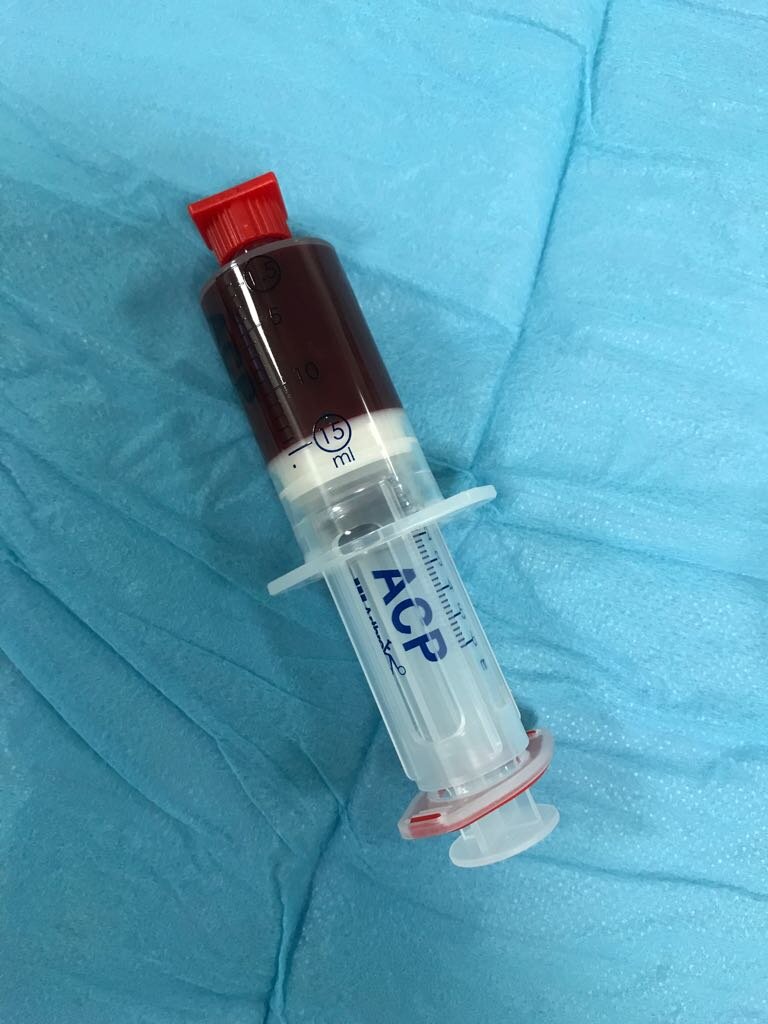
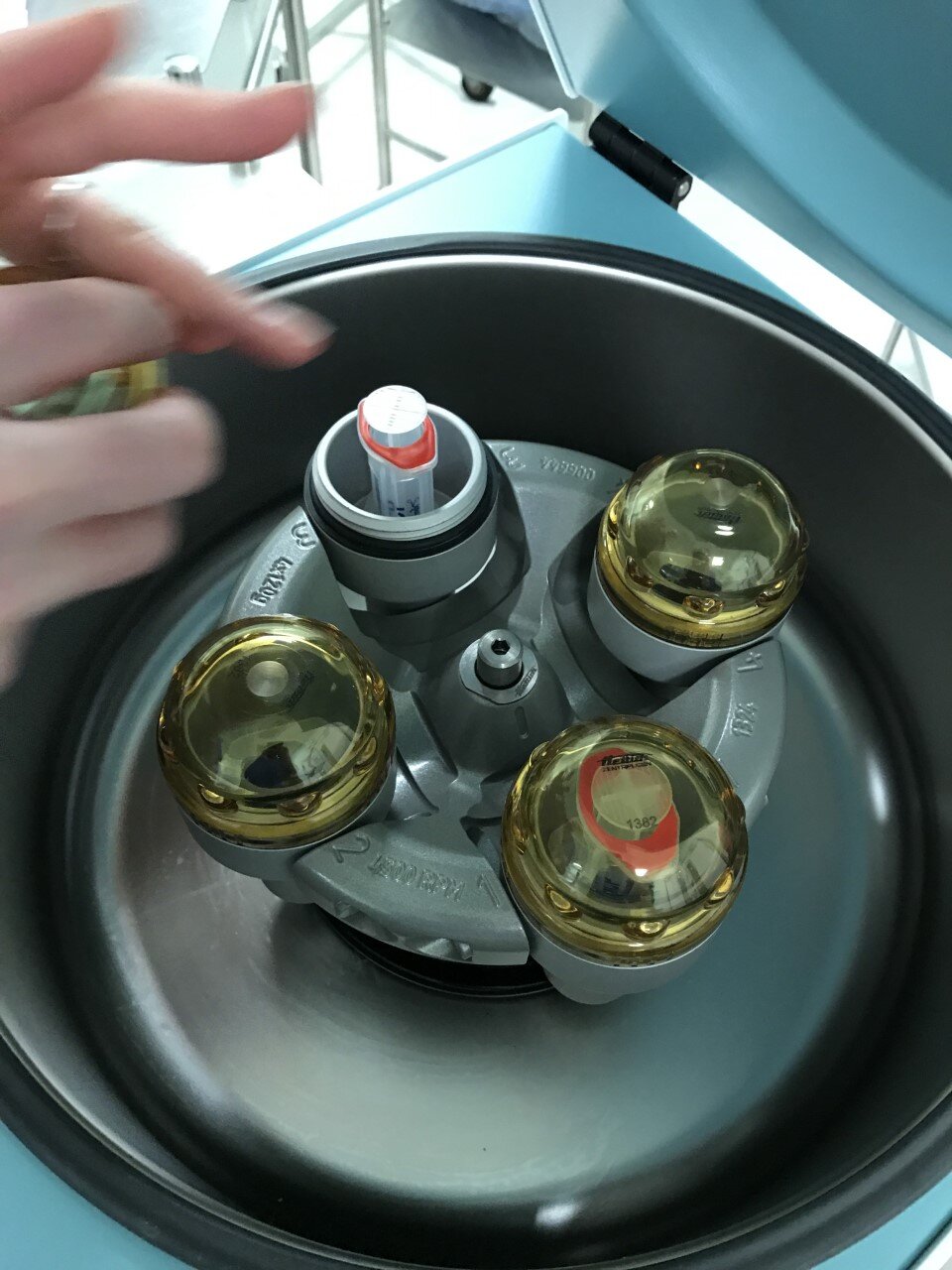

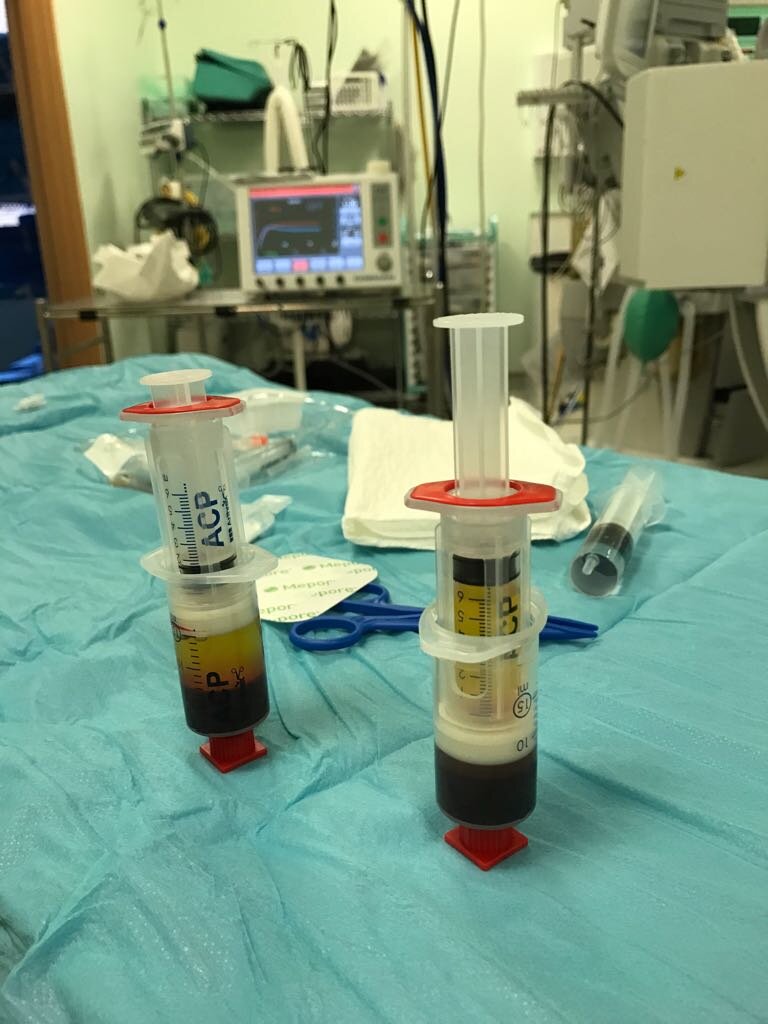
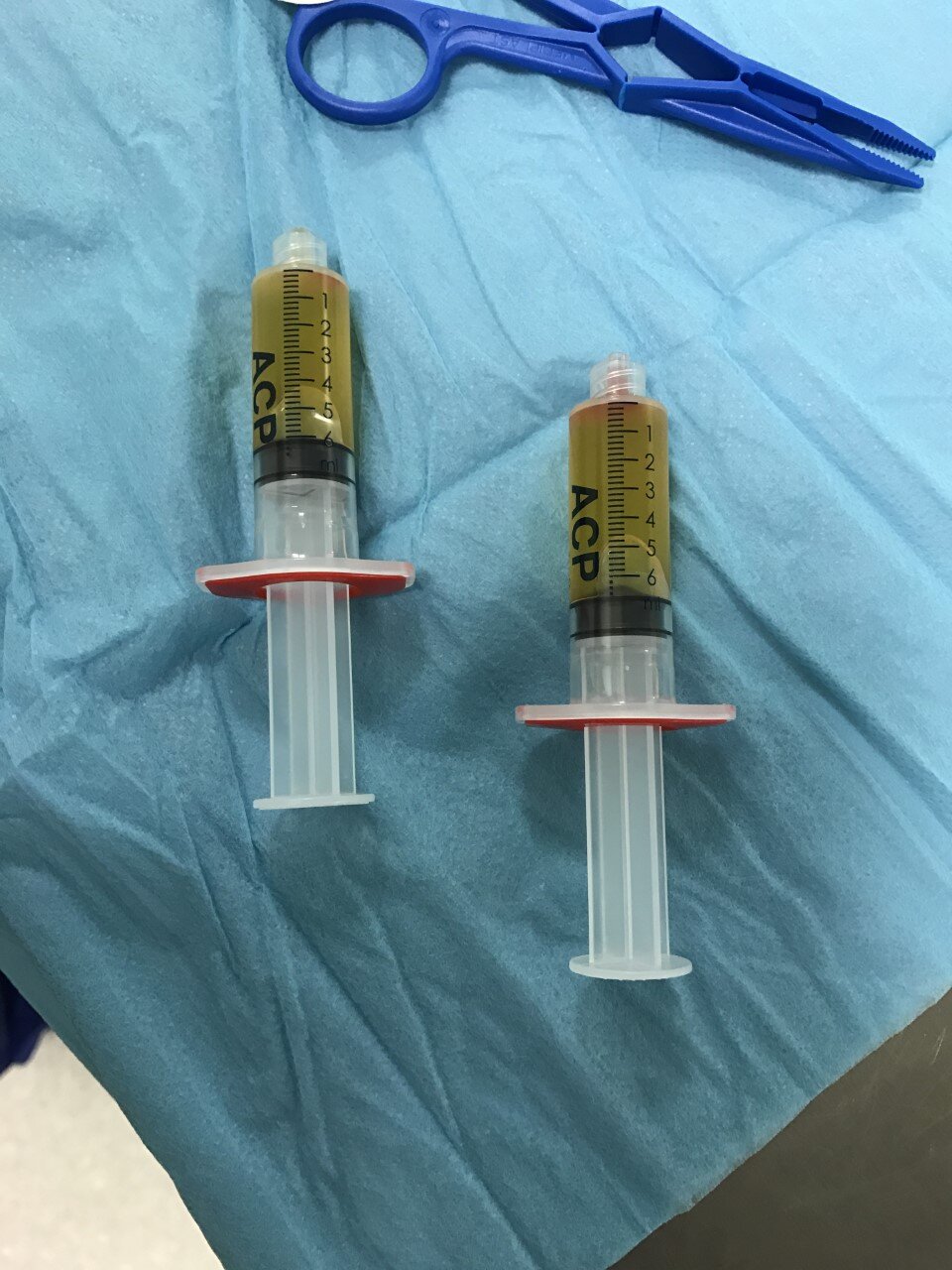

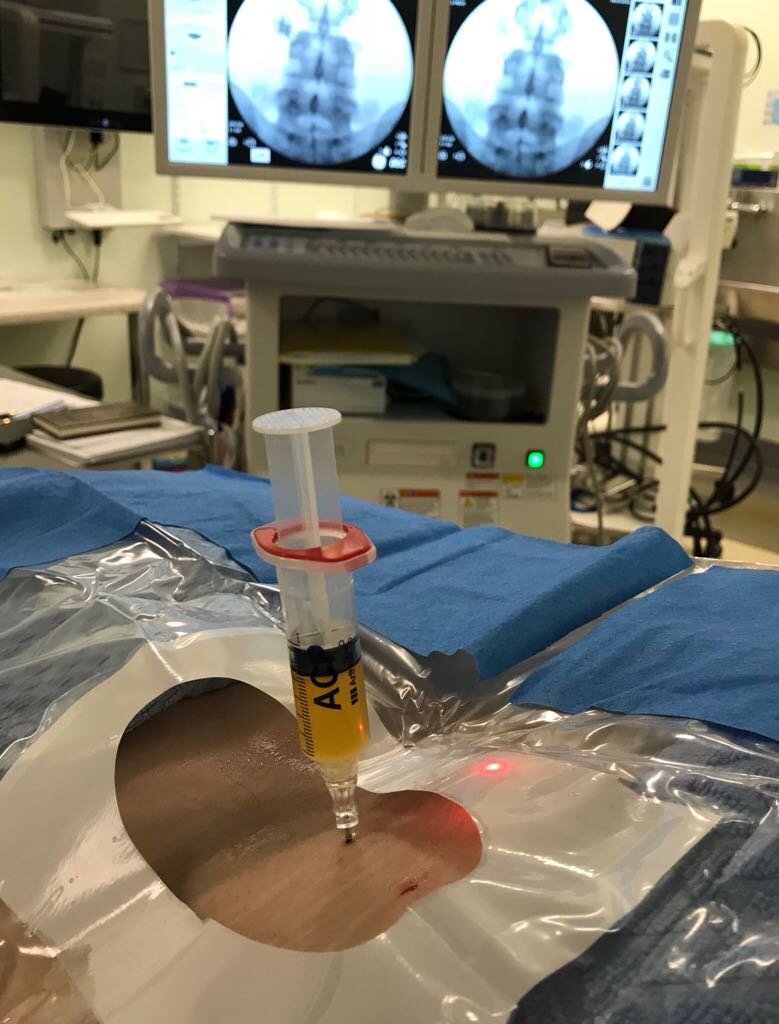
Are there any other side effects?
There are usually no systemic side effects eg the hormonal effects that occur with steroids such as facial flushing, menstrual cycle change, osteoporosis with multiple injections etc. Some patients do experience an immune response which can cause feelings like having a flu.
Does it have to be repeated?
It’s recommended to have 2 PRP Injections for full effect each approximately one month apart.
Whether the PRP works is difficult to predict. How long it will last for is also difficult to predict. Studies show a longer benefit in comparison with steroid injection.